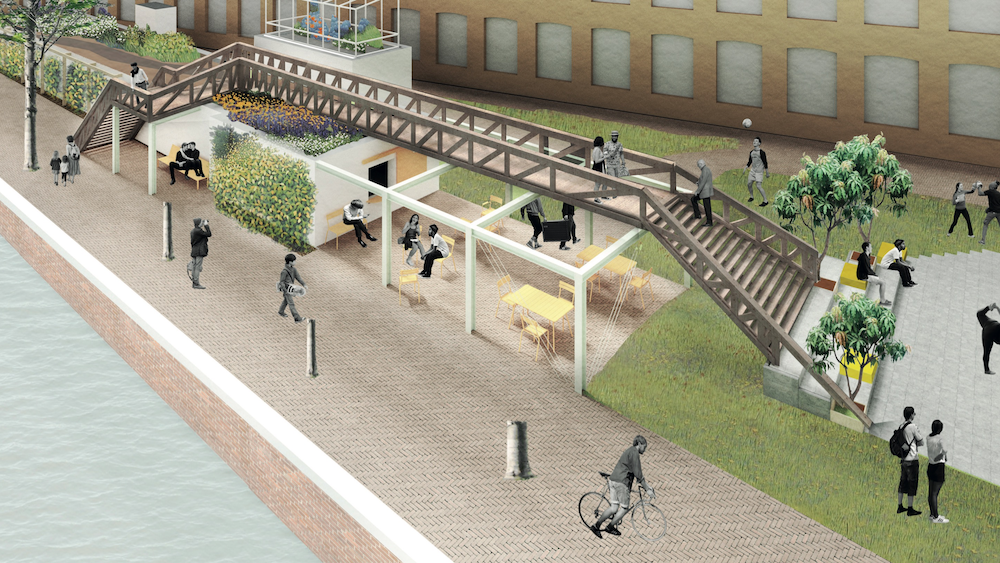NEB ambition
The ultimate ambition of the New European Bauhaus is to achieve transformation. To do this, the NEB Compass has identified specific levels of ambition that outline the desired outcomes for each of the NEB values.
The ultimate ambition of the New European Bauhaus is to achieve transformation. To do this, the NEB Compass has identified specific levels of ambition that outline the desired outcomes for each of the NEB values.
These areas refer to the five key domains of intervention that CrAFt's New European Bauhaus Impact Model considers essential for guiding and evaluating complex urban initiatives.
The participation level refers to the degree or extent to which individuals or groups are actively involved or engaged in a particular activity, project, or process. It assesses the depth of their involvement, contributions, and commitment, ranging from minimal or passive participation to active and dedicated participation.
The New European Bauhaus (NEB) aims to promote the values of sustainability, aesthetics, and inclusion in the design and transformation of urban spaces. It emphasises the integration of environmental, social, and economic considerations to create harmonious and innovative living environments.
According to the Smart City Guidance Package, there are seven stages to plan and implement smart city projects. These stages propose a logical and coherent roadmap for city initiatives involving many stakeholders.
As many European cities, Amsterdam needs looking into new ways of developing within its city limits. Part of this process are formerly nonpublic places turning accessible. A totally different element is learning from collectively run ‘underground’ spaces on how to build cities bottom-top. Let’s look at two test cases:
Free cultural spaces generally arise more in the ‘underground’ of cultural movements and are underexposed within the urban transformation of our cities. Free cultural spaces inherently share the New European Bauhaus values through their cultural expressions, diversity and mutual solidarity and have the potential to produce shifting perspectives within the daily practices of our societies.
Often competing with commercial stakeholders for space, these initiatives are at odds with the gentrification with which neighbourhoods or districts are currently being upgraded. That is one of the reasons why the municipality of Amsterdam initiated Expeditie Vrije Ruimte (Expedition Free Space), a project focused on exploring new ways of collaborating to secure the position of free cultural spaces.
Free cultural spaces strengthen the mutual connection between city, rural and neighbourhood residents, and through their hospitality, they promote a pluriform cosmopolitan community. With this, they have the potential to bring inspiration, creation and cultural citizenship back to our urban landscapes.
The Marineterrein, a former naval base, is located at the very heart of the city and has a rich history. Currently the area is being developed from being a closed military area into a future-proof urban district where co-creation and open innovation are possible. With flexible working and meeting spaces, special housing, sports, recreation and greenery.
The whole area has been developed and opened up as a living lab: a testing ground for inventing, testing and applying scalable innovations for urgent, urban challenges. A striking element of this redevelopment is that culture and creative industries have had a crucial role in helping to shape the identity of this new area.

The former shooting range is one of the many test cases exploring how a heritage building can grow into a free space for arts and culture, in which artists can reflect on human nature interactions.
Amsterdam’s ambitions for the area are to enable change-makers to work on solutions for societal issues which can be replicated in other European countries, and to continue learning on how to keep stakeholders involved in various steps of redevelopment.
This article was originally published in the summer 2023 edition of Common Ground, the annual magazine by the European Cultural Foundation
Written by Friso Wiersum, European Cultural Foundation.